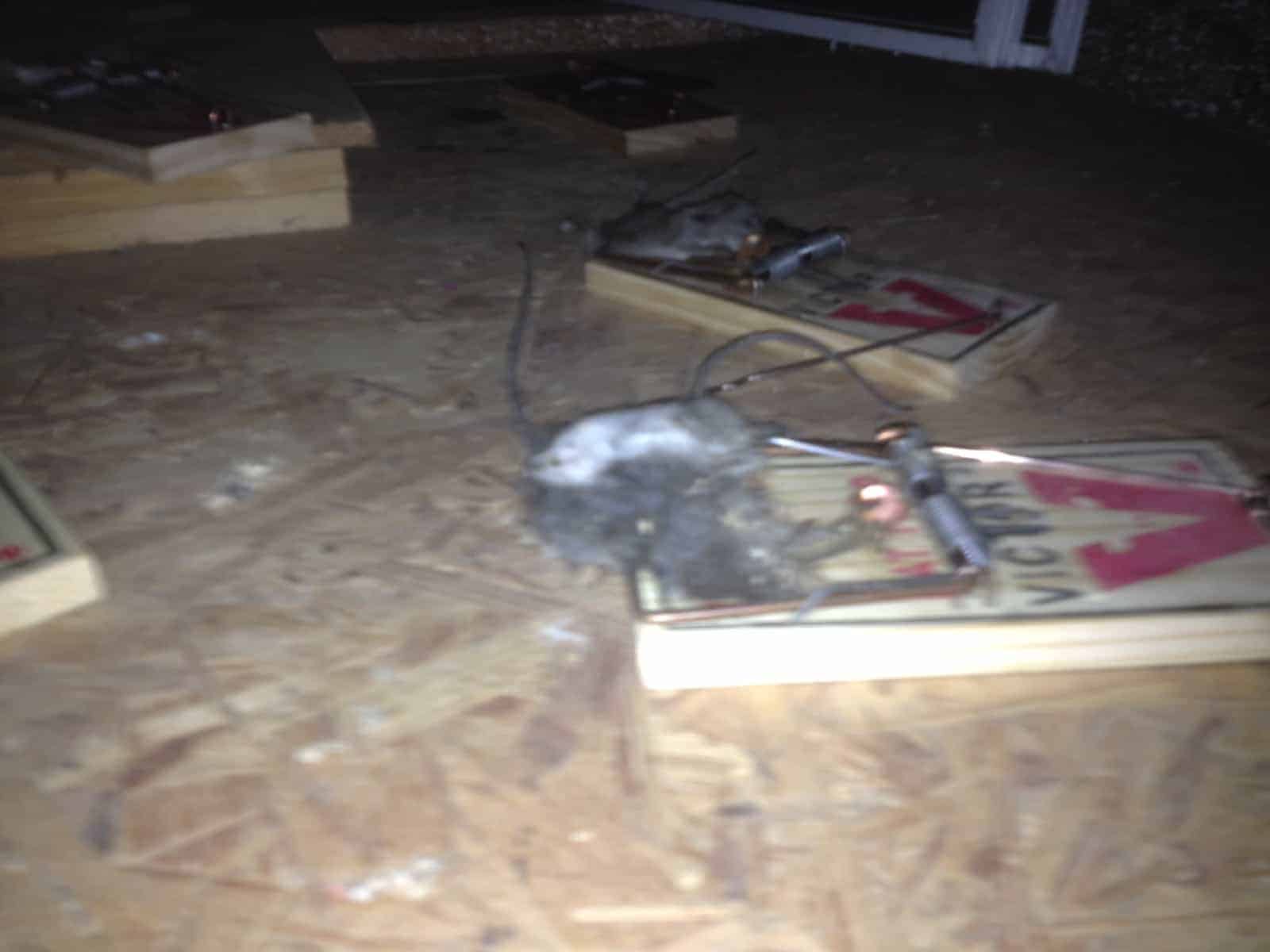A Roof Rat’s coloring ranges from dark brown to black. They’re 13 to 18 inches long, including their tail. Their ears are big, with almost no hair on them. They’re ‘omnivorous’, meaning, they’ll eat meat and vegetables. They tend to be more of a vegetarian however, they will eat nuts, seeds and even bark from a tree. They’ll eat human food, pet food and bird seed. And, weird but true, they’ve been known to eat candle wax, taxidermy and animal hides and soap! Guaranteed, they’ll eat whatever they can find! If outside, Roof Rats will nest in trees, dense vegetation, wood piles and debris.
Once they come inside a structure or dwelling, they prefer to nest in the upper levels, such as in the attic or ceiling. Did you know they can jump 2 feet into the air or, 4 feet horizontally?! If they’re jumping from an elevated surface, they can jump up to 8 feet! Houston roof Rats can climb up rough surfaces, like brick or concrete. They’re extremely agile and resilient! They love the cool weather and are more active from November to May.
Signs that you have a Roof Rat are: fruit that’s been ‘hollowed out’, rat droppings (feces), scratching sounds or other noises in the attic or walls, gnaw (or chew) marks or gnawing sounds, visible signs of damage to PVC tubing or, the covering on electrical wiring, household pets that seem to ‘see or hear’ something and of course, if you see them yourself. Roof Rats gain entry a number of ways; they can chew through wood, plastic, aluminum siding and other soft metals. They can travel along pipes to gain entry into the attic then, chew through the sheet rock to gain entry further into the structure or dwelling. Or, they can just simply ‘squeeze’ their body into an opening a little larger than a nickel.

Some preventive maintenance in and around the structure can be practiced. For instance, trimming trees and shrubbery back further, to prevent a hiding spot or nesting. Trimming back tree limbs and branches at least 6 feet, could also prevent them from jumping onto the roof, or other surfaces. If you have fruit or nut trees, pick up any fallen fruit or nuts from the ground. Look around the structure or dwelling for openings that need to be sealed. Remember, they can fit into a very small hole or slit. Also, that ‘doggy’ or cat door that makes your life easier, by allowing your family pet to come and go as they please makes that rat’s entry a ‘no brainer’!
Make sure to secure your home against Houston roof rats.
Roof Rats carry a number of diseases, such as rabies or hanta virus, that can be spread directly through the urine and droppings (feces) they leave behind or, by biting a human or other animal. Spreading it indirectly would be from host to host. Example: a flea from a rat bit a dog then, bites a person. Because of the potential for the spreading of diseases, it’s SO important to properly clean and sanitize, following a trapping and removal. An enzyme based cleaner needs to be used to remove the stains, odor and health hazard potential. This is especially important if the rat has died in the attic or within the walls after gaining entry.
Contacting a professional wildlife removal company is probably your best bet. They are trained and have the knowledge to look for all the entry points and seal all those entries, to search for and find their nesting spot and to set traps to successfully rid your business or home from these nasty creatures! If you suspect you have a rat, you can bet there are many more! The gestation period (pregnancy) for rats is 19-22 days. That’s only 3 weeks! In each litter, they have 8-12 babies. Don’t wait until it’s too late to call a company to remove Roof Rats. The longer you wait, the more damage they can create and the more money it could cost in the end.
